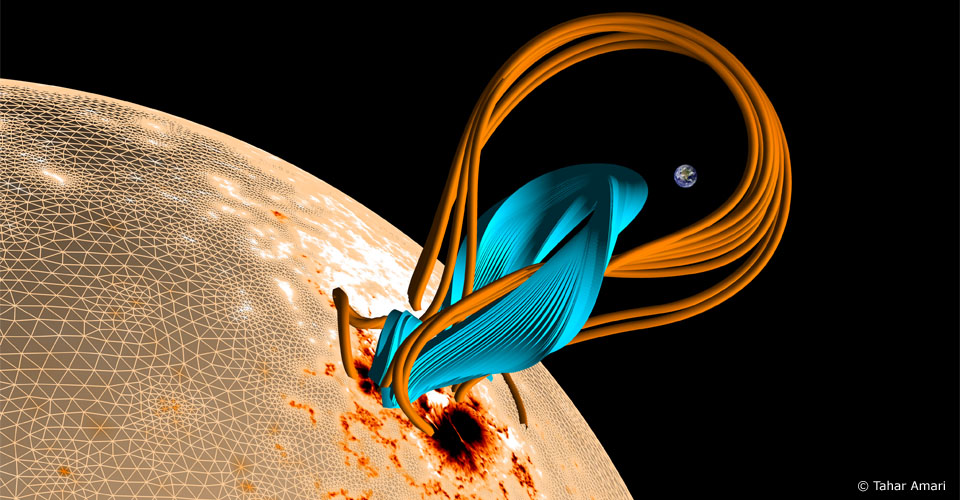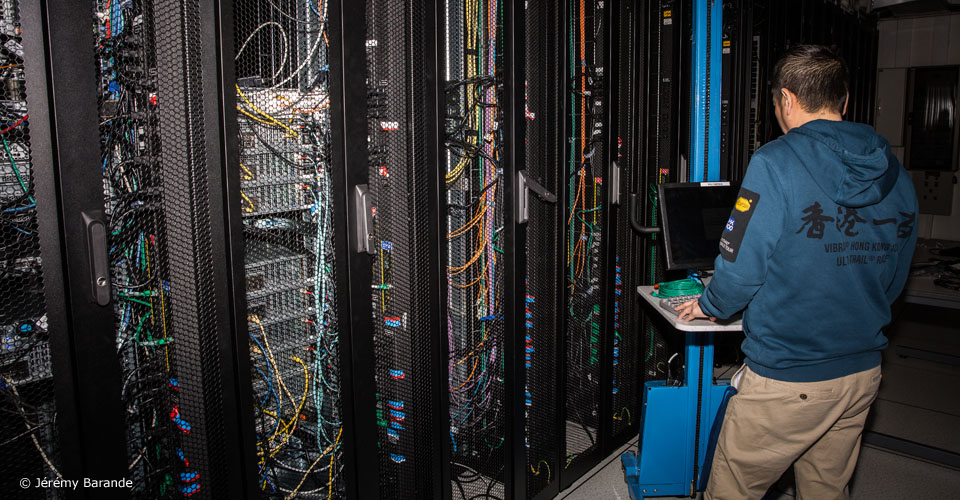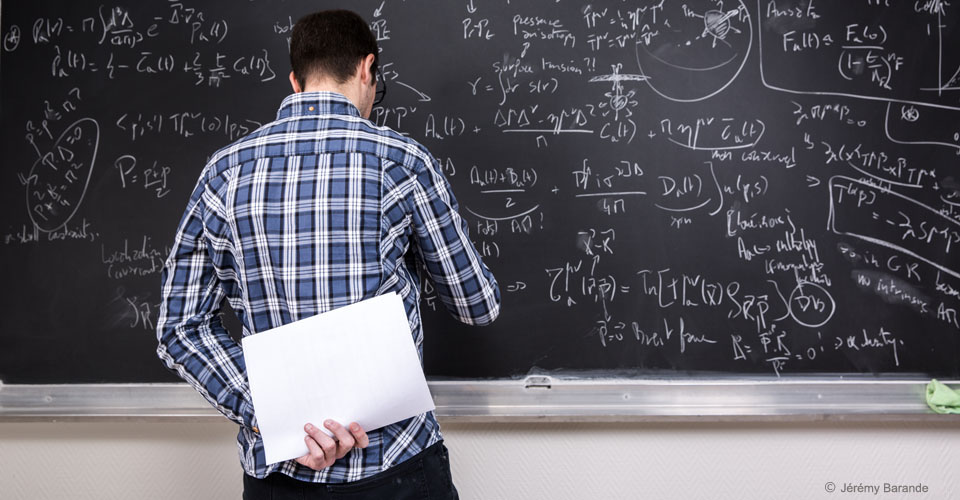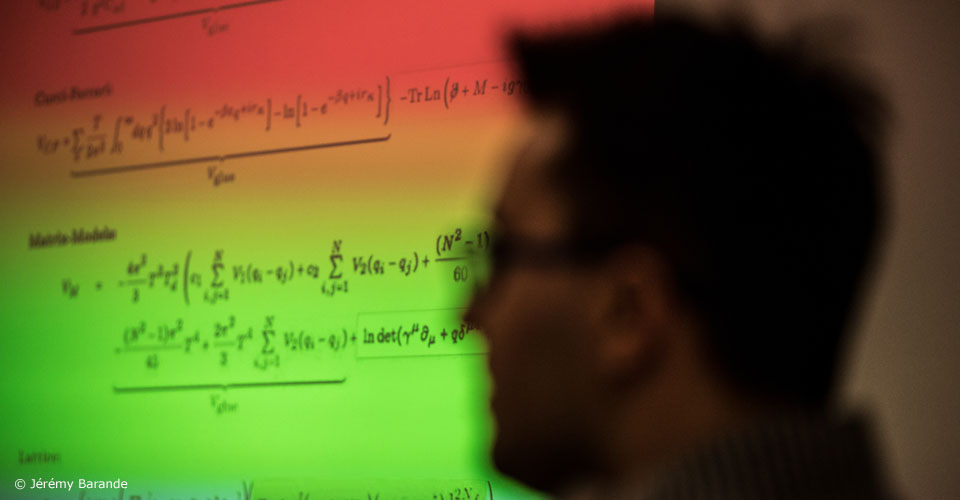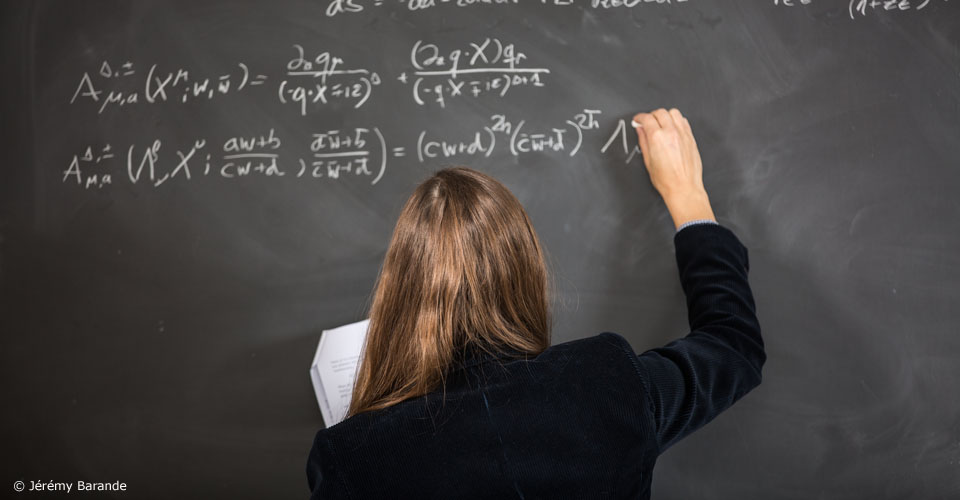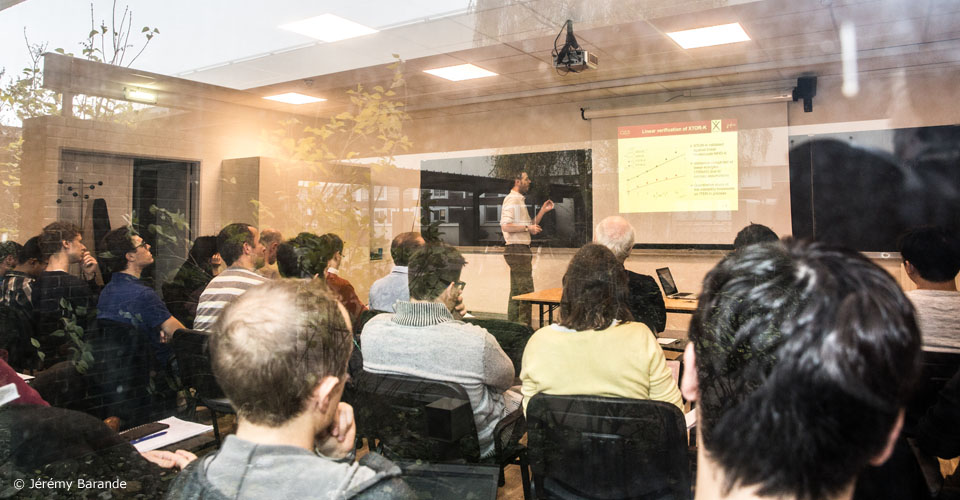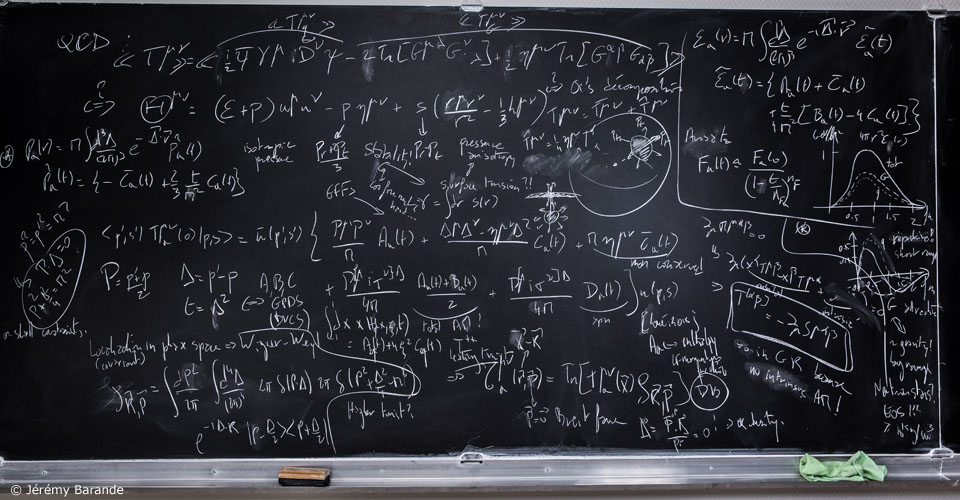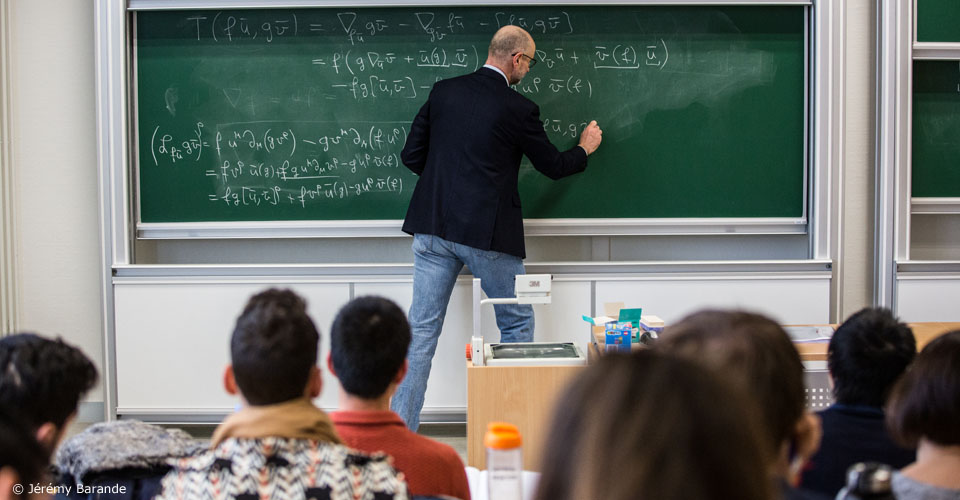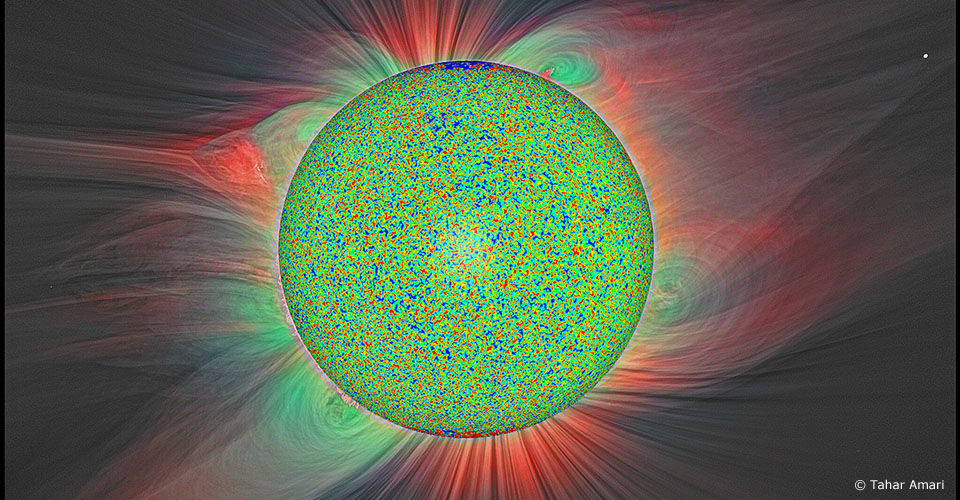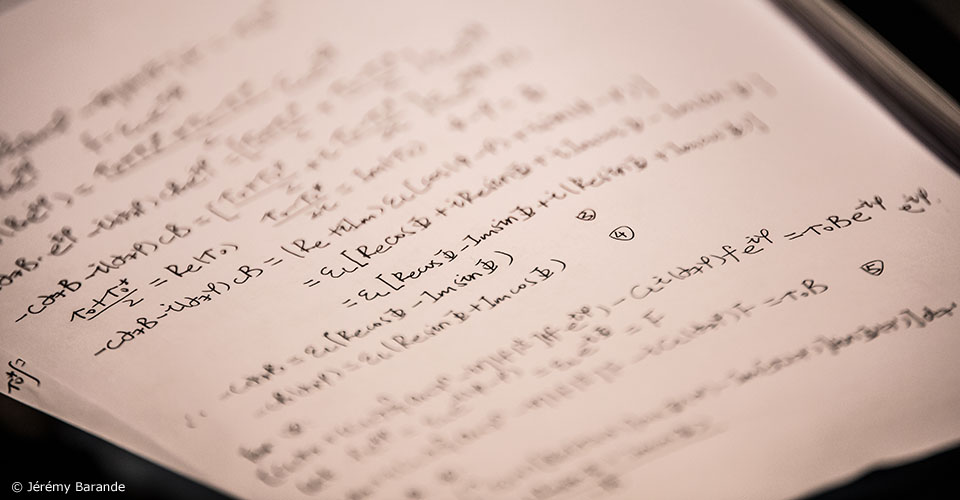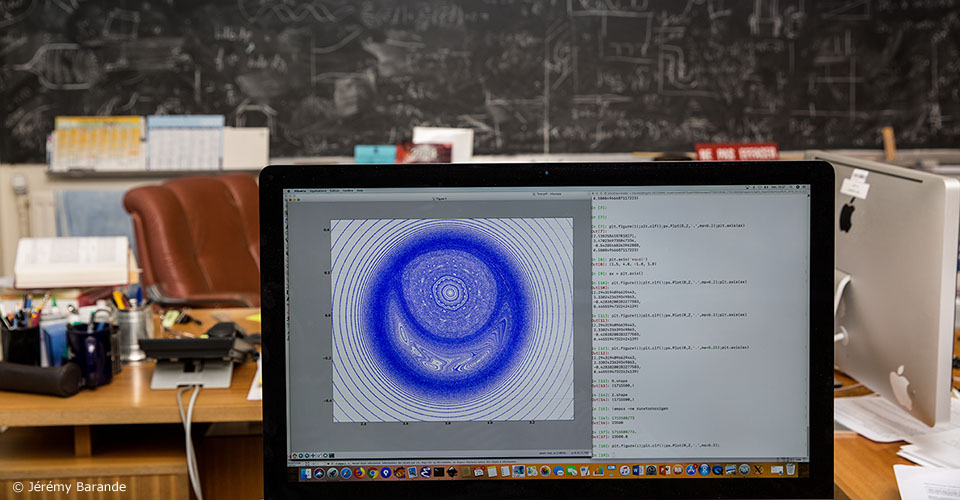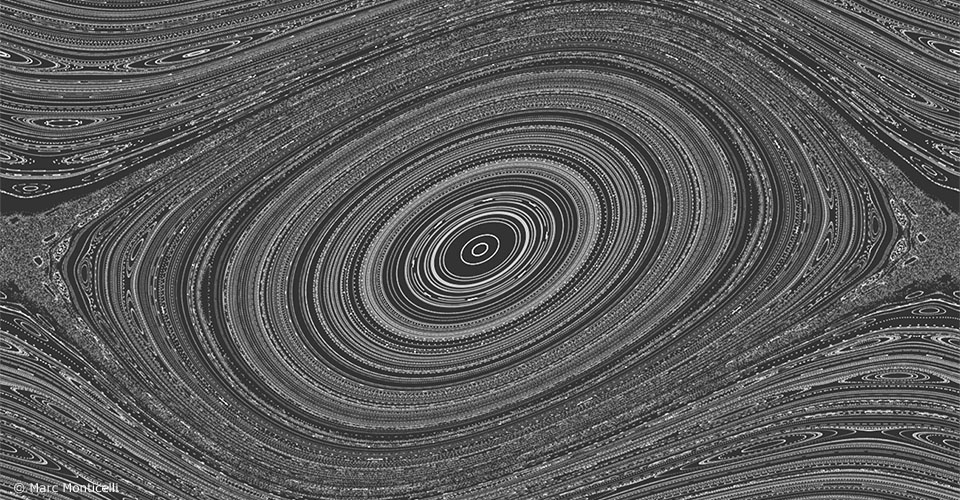The center for Theoretical Physics (CPHT) at Ecole Polytechnique gathers research scientists working in diverse domains of fundamental and applied Physics. The overall coherence is assured by the corpus of common, transposable, mathematical and numerical methods.
CPHT is a joint research unit of CNRS and Ecole Polytechnique, and has a partnership with the Collège de France. His director is Jean-René Chazottes, Senior Researcher at CNRS.
CPHT is on the campus of Ecole Polytechnique, buildings 5 and 6. The reception offices are located in building 6 , offices 06.1046 and 06.1045.
Postal Address :
CPHT
Ecole Polytechnique
91128 Palaiseau cedex
France
Secretary phone number : 01 69 33 42 01 (from abroad: +33 169 334 201)
Write an email to someone at CPHT : : firstname.lastname@polytechnique.edu

